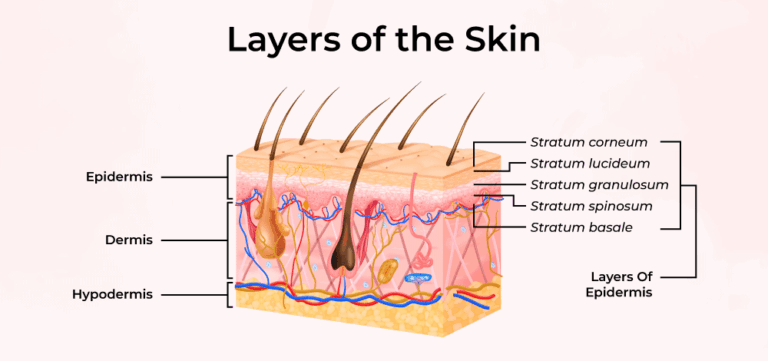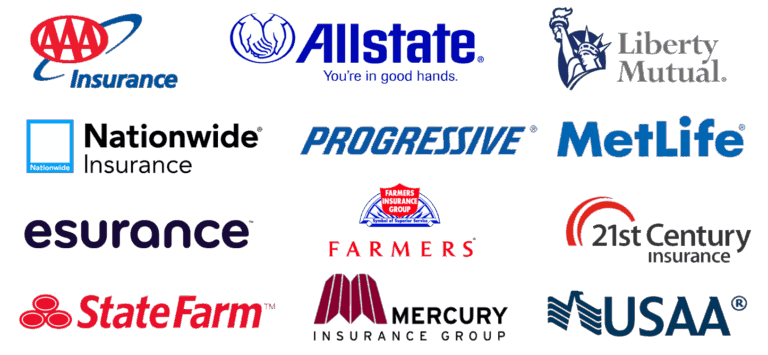What Size Camper Shell Fits A Ram: Your Ultimate Guide to a Perfect Fit
What Size Camper Shell Fits A Ram: Your Ultimate Guide to a Perfect Fit cars.truckstrend.com
For Ram truck owners, the allure of a camper shell is undeniable. It transforms your open-bed pickup into a versatile, secure, and weather-protected space, perfect for everything from hauling tools and gear to embarking on weekend camping adventures. But the crucial first step, and often the most daunting, is ensuring you select the correct size. A mismatch can lead to poor aesthetics, compromised functionality, and even damage to your truck or the shell itself. Understanding "What Size Camper Shell Fits A Ram" isn’t just about length; it’s about a precise alignment of dimensions, features, and your specific needs. This comprehensive guide will walk you through every essential aspect to ensure you make an informed decision and achieve that perfect fit.
Understanding Your Ram Truck’s Bed Dimensions: The Foundation of Fit
What Size Camper Shell Fits A Ram: Your Ultimate Guide to a Perfect Fit
Before you even begin browsing camper shells, you must know the exact dimensions of your Ram truck’s bed. Ram trucks, across their various models and generations (Ram 1500, 2500, 3500), come with a few standard bed lengths, but precise measurements are key.
-
Common Ram Bed Lengths:
- Short Bed: Typically around 5 feet 7 inches (approx. 67.4 inches). This is common on Crew Cab models.
- Standard/Medium Bed: Often around 6 feet 4 inches (approx. 76.3 inches). Found on Quad Cab and some Crew Cab models.
- Long Bed: Usually 8 feet (approx. 96 inches). Predominantly on Regular Cab and some heavy-duty Quad/Crew Cab configurations.
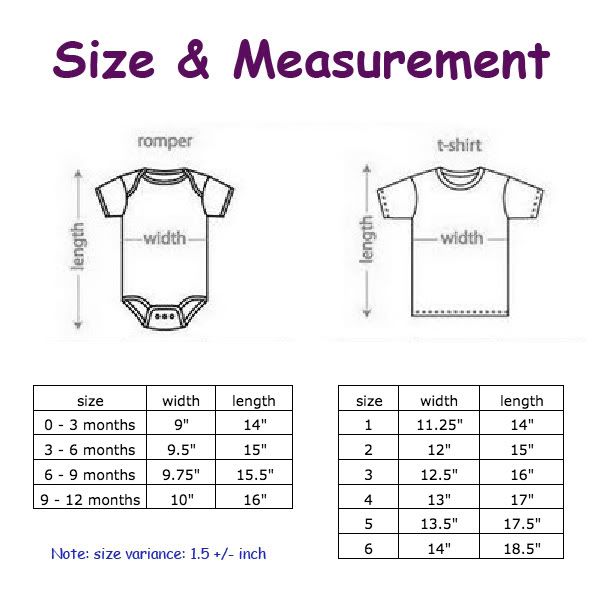
-
How to Measure Accurately:
- Length: Measure from the inside front of the truck bed (against the cab) to the inside of the tailgate. Measure along the top rail for the most accurate shell fit.
- Width: Measure the width of the bed at the tailgate opening and again closer to the cab. While shells are designed for the general width of a Ram bed, slight variations can exist. Most importantly, ensure the shell’s base rails will sit flush on your truck’s bed rails.
- Bed Rail Height: Measure from the bottom of the bed to the top edge of the bed rail. While less critical for overall fit (most shells account for this), it can influence the final look, especially for flush-mount shells.
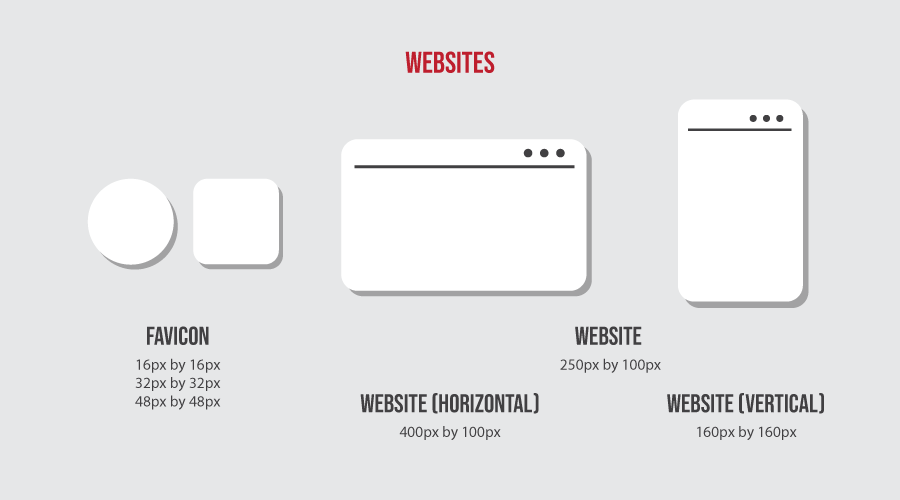
-
Model Year and Generation Specifics: Ram trucks have evolved. The bed dimensions, particularly the curvature of the cab and tailgate, can vary slightly between generations (e.g., pre-2009 Dodge Ram vs. post-2009 Ram, or the 5th generation Ram 1500 vs. earlier models). Always specify your exact year, make, and model when inquiring about a shell. RamBox-equipped trucks, for instance, require specific shells designed to accommodate the integrated storage bins.
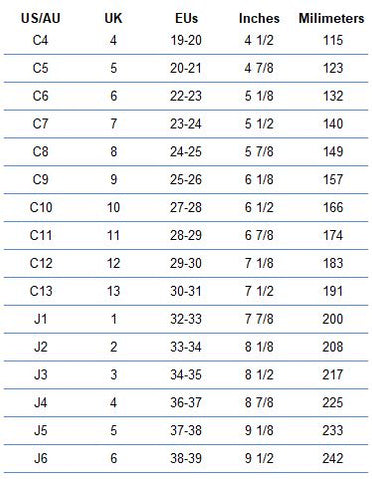
Types of Camper Shells and Their Fit Aesthetics
Camper shells aren’t one-size-fits-all in terms of design. Their profile significantly impacts aesthetics, interior space, and functionality.
- Cab-High/Flush Fit: These shells are designed to be level with the roofline of your Ram’s cab, creating a seamless, aerodynamic look. They maintain the truck’s original profile and are popular for general utility, security, and light camping. They offer the least amount of interior headroom but are often the most fuel-efficient option due to reduced drag.
- Mid-Rise Shells: Sitting a few inches higher than the cab, mid-rise shells provide additional interior volume without being overly tall. This extra space is excellent for taller cargo, more comfortable camping, or simply easier access inside. They offer a good balance between aesthetics and utility.
- High-Rise/Wedge Shells: These shells are significantly taller than the cab, often rising dramatically towards the rear. They offer maximum interior cargo volume and headroom, making them ideal for serious campers, commercial users needing ample space, or those transporting large, bulky items. While highly functional, their appearance is more utilitarian and less aerodynamic.
- Sport/Adventure Shells: These are often cab-high or mid-rise but come with reinforced designs, integrated roof racks, or modular attachment points for outdoor gear. They are built for rugged use and complement the adventurous spirit of many Ram owners.
- Material Considerations: Camper shells are typically made from fiberglass, aluminum, or sometimes ABS plastic. Fiberglass offers sleek, painted finishes that match your truck, while aluminum is lighter, more rugged, and often more budget-friendly. The material choice doesn’t directly impact the fit but can affect the shell’s weight, durability, and cost.
Key Considerations Beyond Bed Length
While bed length is primary, several other factors influence the perfect fit and your satisfaction with a camper shell.
- Cab-to-Shell Clearance: Ensure there’s adequate clearance between the front of the camper shell and the rear of your Ram’s cab. This is crucial for preventing rubbing, especially on older Ram models with more pronounced cab curvature, or if your truck has a thick bed liner that protrudes at the front.
- Tailgate Compatibility: Modern Ram tailgates often have unique shapes, curves, and integrated features (like steps or assist systems). A camper shell must be designed to perfectly seal against your specific tailgate, preventing water intrusion and ensuring a secure closure.
- Bed Liner and Bed Rail Caps: Aftermarket bed liners or thick plastic bed rail caps can sometimes interfere with the proper seating or clamping of a camper shell. You might need to trim your liner or ensure the shell’s design accounts for these accessories.
- Fifth-Wheel/Gooseneck Hitch Clearance: If your Ram is equipped with a fifth-wheel or gooseneck hitch, you’ll need a camper shell that allows sufficient clearance for hitch operation, especially when turning. High-rise shells or those with specific cutouts are often necessary in these cases.
- Weight Capacity and Payload: Be mindful of the shell’s weight, especially if you plan to add roof racks and load them heavily. Factor this into your Ram’s payload capacity. While most shells are relatively light, a heavy load on top can impact handling and fuel economy.
- Functionality and Features: Consider window types (sliding, pop-out, fixed), locking mechanisms, interior lighting, ventilation options (pet screens, vents), carpeted interiors, and integrated roof racks. These features don’t affect the fit but are crucial for meeting your specific needs.
The Installation Process: Ensuring a Secure Fit
While many basic camper shells can be installed by a DIY enthusiast, professional installation is highly recommended for optimal fit, sealing, and electrical wiring.
- Preparation: Thoroughly clean your truck’s bed rails and the top edges of the tailgate. Ensure no debris will interfere with the shell’s seal.
- Positioning: With the help of at least one other person (shells are heavy and awkward), carefully lift and position the camper shell onto the truck bed, aligning it precisely with the rails and the cab.
- Clamping: Secure the shell to the bed rails using the provided clamps. Distribute the clamps evenly for a secure hold. Avoid overtightening, which can damage the shell or bed rails.
- Weather Sealing: Most shells come with a pre-installed foam or rubber seal. Ensure this seal is making full, continuous contact with your truck’s bed rails to prevent water and dust intrusion. Additional silicone sealant may be applied in critical areas.
- Wiring (Optional): If your shell has interior lights, a third brake light, or remote locking, professional wiring ensures proper function and avoids electrical issues.
Tips for a Perfect Fit and Long-Term Satisfaction
- Double-Check Everything: Measure your bed twice, then compare with the shell manufacturer’s specifications. Don’t rely solely on online descriptions; confirm with the dealer or manufacturer.
- Buy Model-Specific: Always purchase a shell explicitly designed for your Ram’s exact year, model, and bed length. Generic shells rarely fit perfectly.
- Consider Future Needs: Think about how you might use your truck in the future. Will you need a roof rack? More headroom for camping? Choose a shell that can adapt.
- Reputable Dealers: Purchase from authorized dealers who specialize in camper shells. They can provide expert advice, ensure correct fitment, and handle professional installation.
- Inspect Upon Delivery/Installation: Before driving away, thoroughly inspect the shell for any damage, proper alignment, and secure clamping. Check all windows, locks, and lights.
- Regular Maintenance: Periodically check the seals for wear and tear, tighten clamps if they feel loose, and keep the shell clean to prolong its life and maintain its appearance.
Challenges and Solutions
- Mismatched Generations: Trying to fit an older shell on a newer Ram, or vice versa, often results in poor aesthetics, gaps, or an inability to seal properly due to evolving bed dimensions and cab/tailgate designs. Solution: Always purchase a shell specifically designed for your Ram’s model year.
- Aftermarket Accessories: Thick bed liners, rail caps, or cargo management systems can interfere with shell installation. Solution: Consult with the shell dealer; some liners may need minor trimming, or specific shell designs might be required.
- Leaks: Even with a proper fit, leaks can occur around the seals, windows, or attachment points over time. Solution: Regularly inspect seals, apply silicone sealant where needed, and ensure all drainage channels are clear.
- Weight Impact: A heavily loaded shell, especially with a roof rack, can affect your Ram’s handling and suspension. Solution: Consider upgrading your truck’s suspension with airbags or heavier-duty shocks if you plan to carry significant weight consistently.
Camper Shell Price Guide for Ram Trucks (Estimated Ranges)
Please note: Prices are highly variable based on brand (ARE, Leer, Snugtop, Ranch, etc.), specific features, material, dealer markups, and geographic location. These are general estimates for new shells. Installation costs are typically separate.
| Shell Type & Material | Key Features (Typically Included) | Estimated Price Range (USD) | Common Add-on Options (Extra Cost) | Notes |
|---|---|---|---|---|
| Aluminum Work/Basic | Bare bones, rear door, often white | $1,000 – $2,500 | Side access doors, toolboxes, ladder racks, interior lighting | Most economical. Durable for work. Less aesthetic. |
| Fiberglass Cab-High | Custom paint match, sliding side windows, rear door w/ T-handle lock, basic interior light | $2,000 – $3,800 | Front sliding window, carpeted headliner, interior LED lighting, remote keyless entry, pet screens, roof rack options (Thule/Yakima tracks), power locks, prop rod holders | Most popular choice for everyday use and light camping. Good aesthetics. |
| Fiberglass Mid-Rise | Custom paint match, larger sliding windows, rear door, T-handle lock, basic interior light | $2,500 – $4,500 | All Cab-High options, plus potential for more robust interior shelving/organizers | Offers more cargo volume than cab-high without being overly tall. Good balance. |
| Fiberglass High-Rise | Custom paint match, large windows (fixed/sliding), rear door, T-handle lock, ample interior space | $3,000 – $5,500+ | All Mid-Rise options, heavy-duty roof racks, commercial shelving, insulated interiors | Maximum cargo space and headroom. Ideal for serious campers, contractors, or those needing stand-up room. |
| Specialty/Adventure | Reinforced construction, integrated roof racks (higher capacity), unique window designs, tactical features | $3,500 – $6,000+ | Integrated power panels, modular attachment systems, reinforced beds, custom storage | Designed for rugged use and off-road adventures. Often have specific brand names (e.g., RSI SmartCap, certain ARE/Leer models). |
- Installation Cost: Expect to pay an additional $150 – $400 for professional installation, which often includes wiring for lights and proper sealing.
- RamBox Specific Shells: These may be slightly higher priced due to specialized molding.
- Used Shells: Can be found for significantly less ($500 – $2,000) but require careful inspection for damage, proper fit, and often need new seals or paint.
Frequently Asked Questions (FAQ)
Q: Can I use a camper shell from a Ford or Chevy on my Ram?
A: Generally, no. While some dimensions might seem close, truck beds vary significantly in length, width, tailgate design, and cab curvature between manufacturers and even between different models/years of the same manufacturer. A proper seal and aesthetic fit are nearly impossible with a cross-brand shell.
Q: How do I find my Ram’s exact bed length if I don’t have a tape measure?
A: You can usually find this information in your truck’s owner’s manual, on the manufacturer’s website by inputting your VIN, or by searching online forums specific to your Ram’s year and model. However, always double-check with a physical measurement if possible.
Q: Will a camper shell affect my Ram’s gas mileage?
A: The effect is often minimal. Some studies suggest a slight improvement due to improved aerodynamics (smoothing airflow over the tailgate), while others report a negligible decrease, especially with taller shells. The biggest factor will be the added weight and how much you load the shell.
Q: Are all camper shells waterproof?
A: They are designed to be, but no shell is 100% impervious to water over its lifetime. Seals can degrade, and extreme weather or pressure washing can find small entry points. Regular inspection and maintenance of seals are crucial to prevent leaks.
Q: Can I install a camper shell myself, or do I need professional installation?
A: Basic installation (clamping and sealing) can often be done by two capable individuals. However, professional installation is highly recommended. They ensure proper alignment, secure clamping, and correctly handle any electrical wiring for lights or remote locks, which is crucial for safety and functionality.
Q: What about RamBox compatibility?
A: If your Ram has the RamBox cargo management system, you need a specific camper shell designed to accommodate the RamBox bins. Standard shells will not fit or seal properly over the RamBox system. Ensure the dealer confirms compatibility for RamBox models.
Q: How easy is it to remove a camper shell once installed?
A: Removing a camper shell is relatively straightforward, usually involving unbolting the clamps and disconnecting any wiring. However, shells are heavy and awkward, typically requiring two or more people to lift them off safely and store them.
In conclusion, choosing the right-sized camper shell for your Ram truck is a precise process that goes beyond just knowing your bed length. It involves understanding your truck’s specific dimensions, considering the type of shell that best suits your needs, and being aware of various compatibility factors. By meticulously measuring, researching, and potentially seeking professional advice and installation, you can ensure a perfect fit that enhances your Ram’s utility, aesthetics, and your overall ownership experience. A well-fitted camper shell isn’t just an accessory; it’s a transformative addition that unlocks the full potential of your Ram, ready for whatever adventure or task lies ahead.

